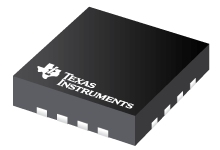Description
The wearable and personal-electronics industries are booming. Devices in this market vary wildly by application and use. These multifunction devices are designed to help people in their daily activities and make their lives comfortable. They can be found in different shapes, colors, sizes, and safety measures. They may differ significantly from each other, but they all have one thing in common—the need for a battery and a battery charger.
These portable devices are typically powered by batteries installed internal to the device, which must be charged efficiently and quickly on a regular basis. The user’s charging experience also needs to meet the requirement of safety, comfort, and convenience.
This article presents the trade-offs between linear chargers and switch-mode chargers. Specific challenges arise with each topology when used to charge a battery pack in wearable applications. The differences between linear and switch-mode topologies are described with details about how each topology can address the requirements of wearable and personal electronic devices. These details range from thermal performance to cost, including size, application area, features and flexibility, electromagnetic interference (EMI), bill-of-material (BOM) counts, charge time, and so on. Finally, there is an evaluation for which charger topology serves which type of requirement best. Understanding charger-related system-level details enables the designer to save both time and cost.
| Part Number | Name | Companion Part | |
|---|---|---|---|
| BQ24070RHLR | BQ24070RHLR | Buy Datasheet | |
| BQ24070RHLT | BQ24070RHLT | Buy Datasheet | |
| BQ24070RHLTG4 | BQ24070RHLTG4 | Buy Datasheet |
